About this report
We invest to generate financial returns and to enable societal and environmental impact.
We produce an annual Impact Report to show you how our portfolio is performing against our impact objectives. It’s an opportunity for us to show you the positive difference we are making for Scotland’s people, environment and economy.
Our 2025 report covers our third full year of measuring impact. The data included here summarises the capital committed and our investment impact, up to 31 December 2024.
Download the report
Impact Report 2025
Impact Report 2025 Annex: Impact assessment methodology and reporting data
At a glance
For every £1 million that we have committed, our investees have received – on average – an additional £1.9 million from other investors.
Total investment (£ million) by primary mission from launch to 31st December 2024.
- Net Zero mission - £348.5m
- Place mission - £185.3m
- Innovation mission - £162.2m
Total third party investment (£ million) from launch to 31st December 2024.
- Net Zero mission - £1,006.4m
- Place mission - £175.8m
- Innovation mission - £156.0m
How the impact numbers stack up
Since launch, our investments have positively impacted 207, 042 people through regeneration, high quality housing and connectivity.
2023: 116,944
That’s an increase of 90,098 people since 2023.
Since launch, our investment portfolio has avoided, reduced or removed the equivalent of:
Since launch, our investment has supported the building of 742 Scottish homes, available for mid-market rent.
2023: 585
That’s an increase of 157 homes since 2023.
Supply chain spend in Scotland, reported by portfolio companies since launch.
2023: £108.3m
That’s an increase of £168.6 million in Scottish supply chain spend since 2023.
In 2024, our investment portfolio directly supported 2,362 jobs, with a further 729 jobs supported by indirect and induced impacts from the Bank’s investments.
2023: 1,850
That’s an increase of 1,241 jobs since 2023.
Spend on Research & Development activity reported by innovation-focussed businesses since launch.
2023: £41.7m
That’s an increase of £52.3 million R&D spend since 2023.
Investing across Scotland
In 2024, we had investment in 39 portfolio companies across Scotland.
Added to our portfolio in 2024.
Supported with follow-on investment in 2024
In 2024, our investment portfolio created a positive impact in 27 out of 32 Scottish Local Authorities, and in all 8 Regional Economic Partnership areas.
Impact across Scotland
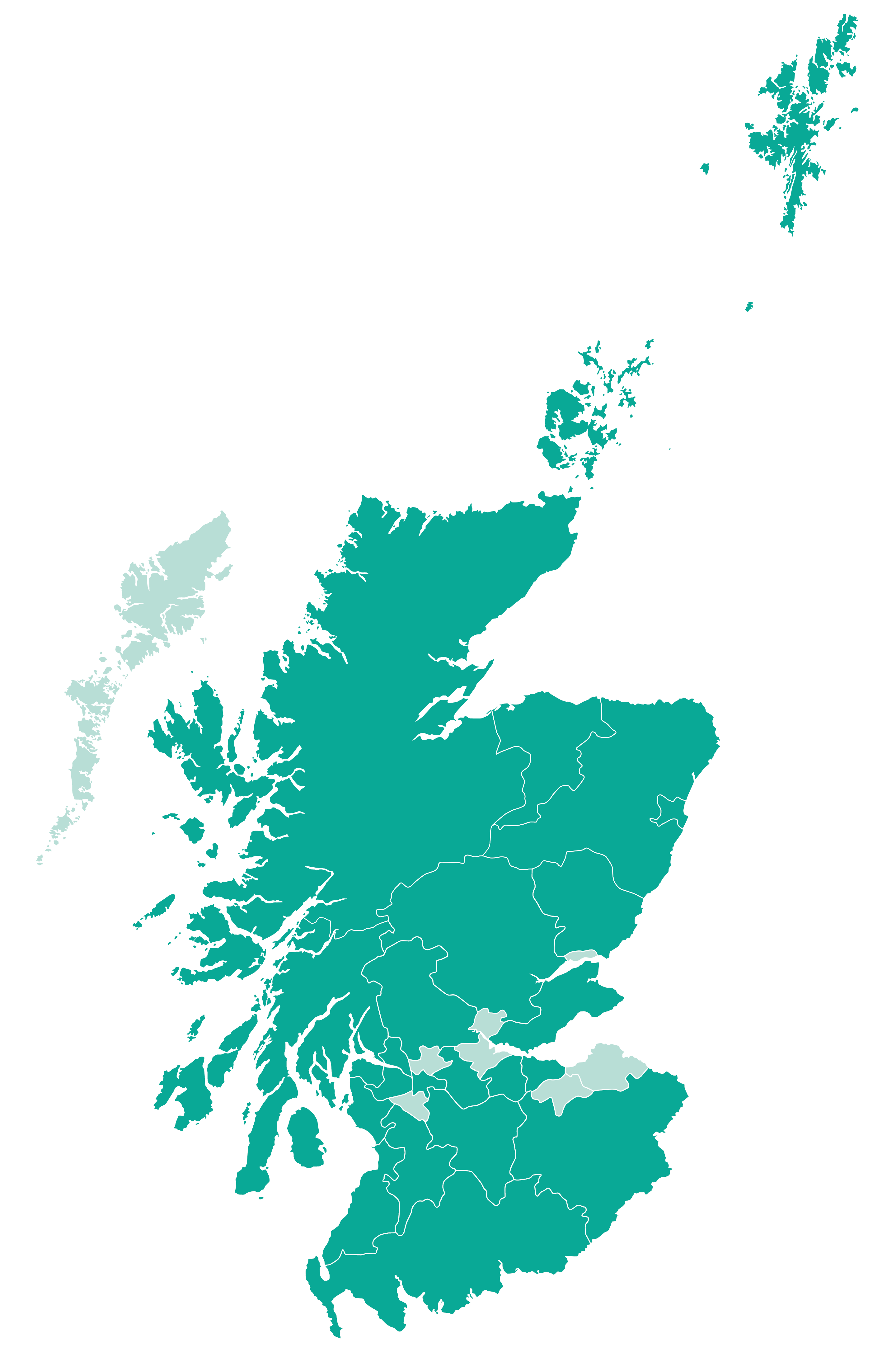
Net Zero
- 16 businesses
- 110 locations
- 24 local authorities
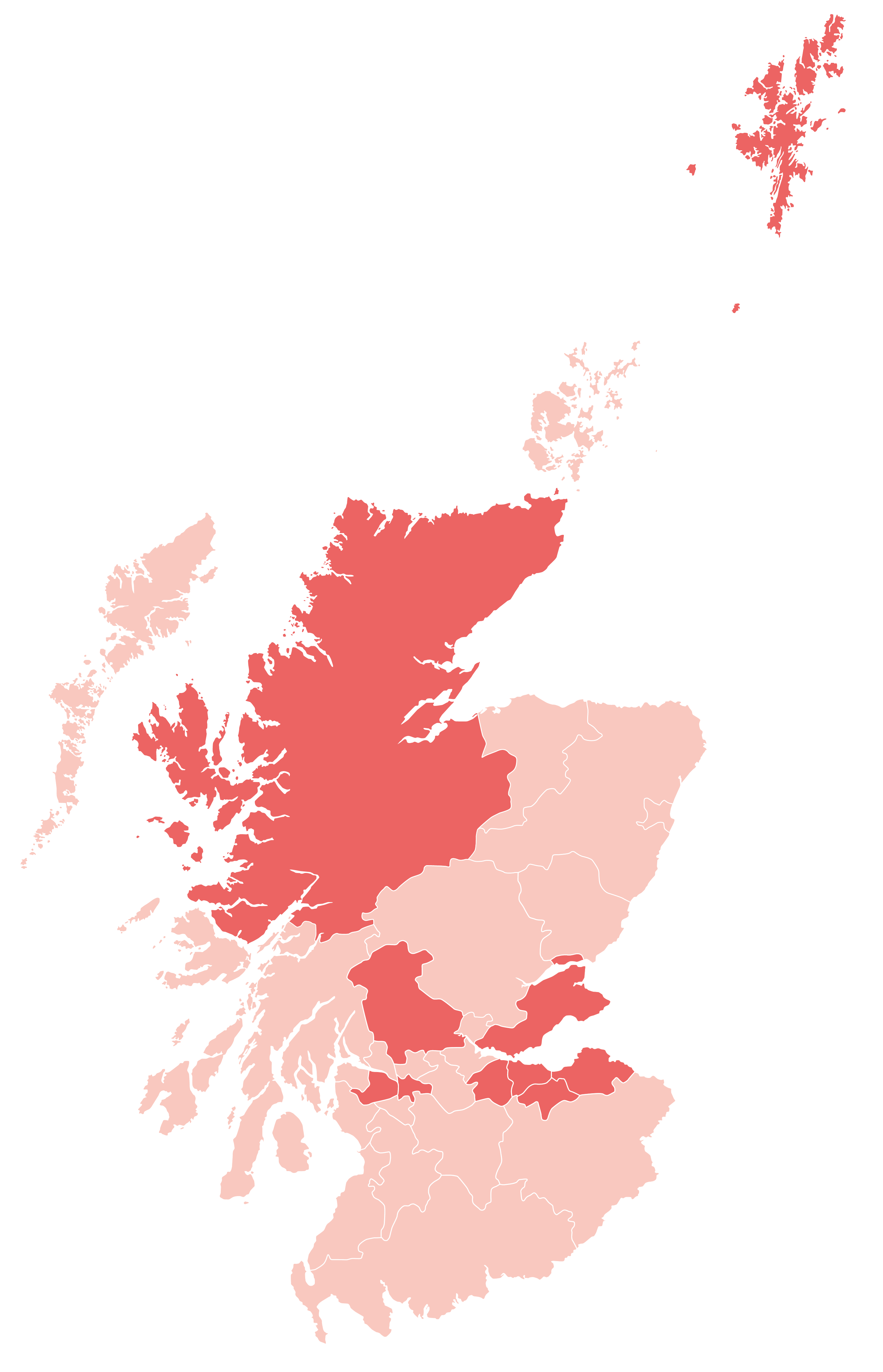
Place
- 7 businesses
- 27 locations
- 11 local authorities
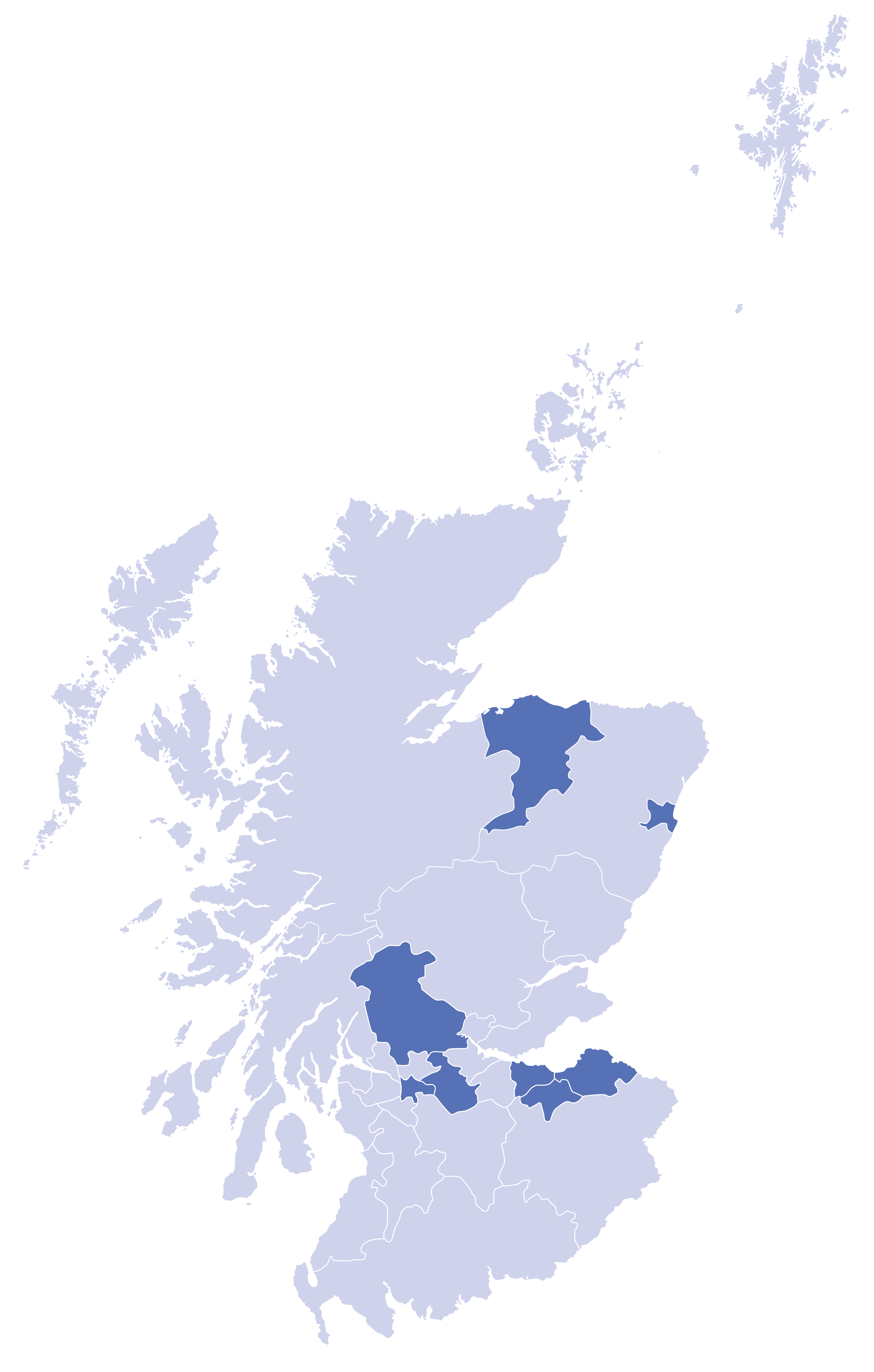
Innovation
- 16 businesses
- 19 locations
- 8 local authorities
Net Zero
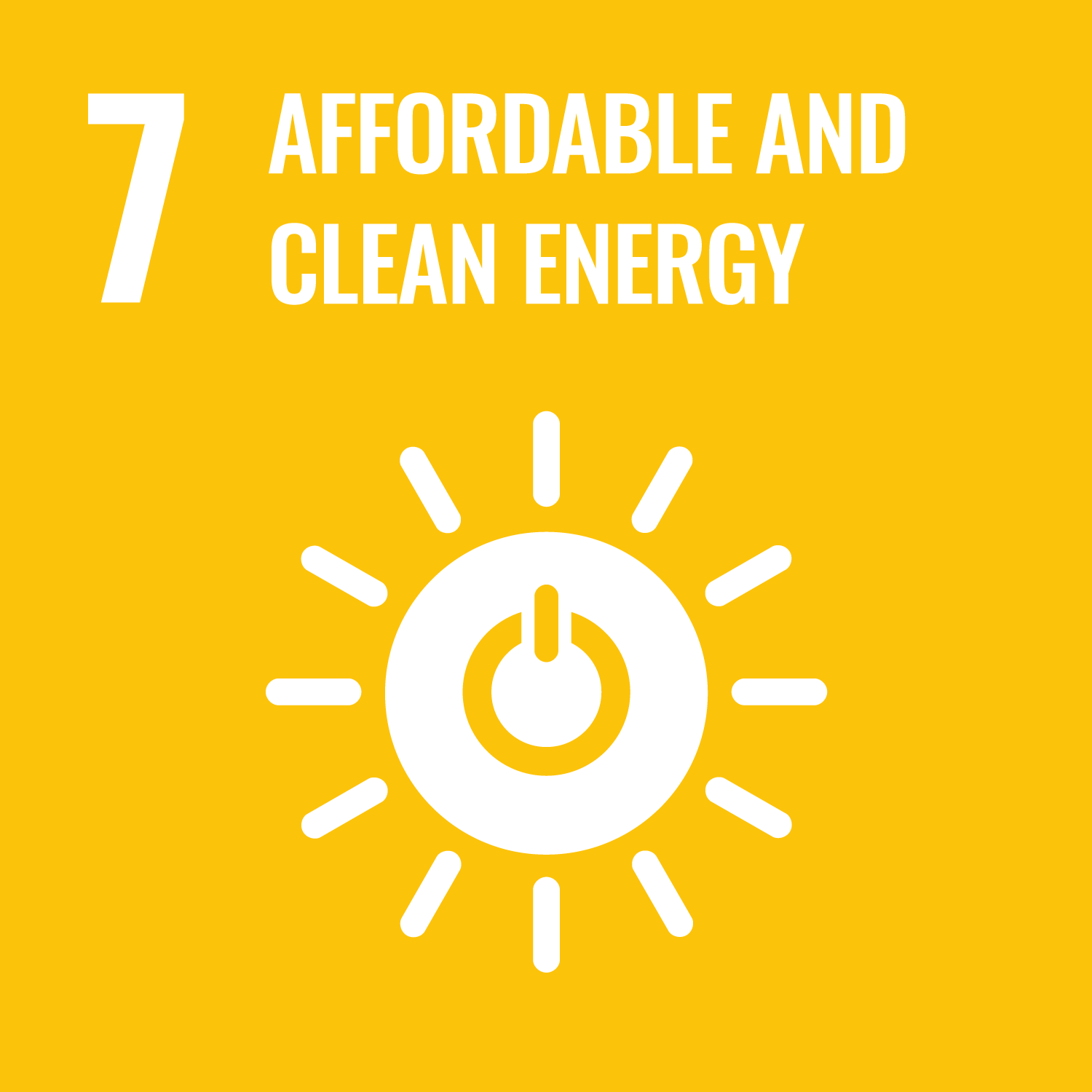
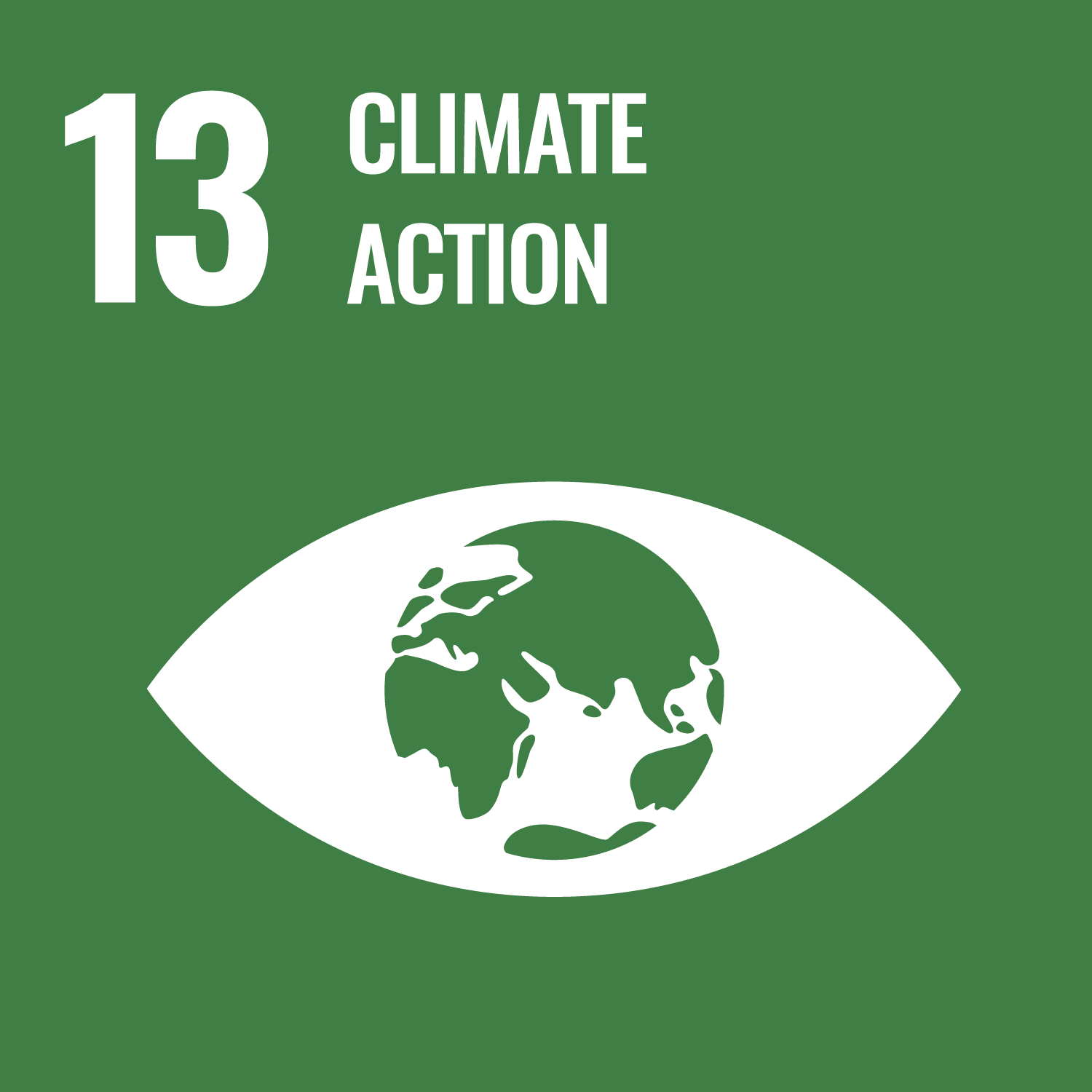
Aligning our investment approach with our impact goals
Over the next 20 years, the transition to deliver the net zero commitment will alter almost every aspect of our lives – from the way we heat our homes, to how we travel and even what we eat.
Since our launch, the diverse range of net zero investments we have made exemplifies the change which needs to take place. Our portfolio includes electric car infrastructure, innovative carbon efficient technology, forestry, plus on and offshore wind and marine energy to support the transition.
During 2024, we made three new net zero investments to boost our impact goals. Each has real value in supporting our missions. Together, they demonstrate the breadth of transformation that’s required to achieve our nation’s net zero goal, and also how the impact can be measurable in terms of regeneration, job creation and the production of sustainable fuels.
We invested in three very different areas:
Ardersier Port
once operational, it will be the largest dedicated offshore wind deployment port facility in Scotland, capable of hosting and supporting gigawatt scale projects. As one of the largest industrial regeneration projects in the Highlands in decades, it will re-establish the port as a major local employer, supporting and creating hundreds of jobs.
XLCC
the construction of a world-class HVDC manufacturing facility in Hunterston will address the global shortage of HVDC subsea cables needed for the global energy transition. This will create 900 highly skilled jobs that will significantly boost the global supply of cables.
ZeroAvia
a developer and manufacturer of zero-emission engines for commercial aviation. This is the Bank’s first investment in hydrogen-based technology and the sustainable aviation sector.

By 2030, we will have committed £800 million - £1 billion to support our net zero mission. This will result in at least 185,000 tonnes of CO2e being avoided, reduced or removed from the Earth’s atmosphere.
Investing in the renewable energy sector, and specifically offshore wind, will remain our key net zero priority. We will help businesses and communities to capitalise on the benefits of building a strong domestic supply chain, as well as harnessing opportunities to export products and services. Other sectors with high impact potential will also form part of our investment strategy. These include domestic heat, transportation, and industrial energy, where decarbonisation will be essential if we are to reach net zero.
The Bank and Offshore Wind
Skilled HVDC cable jointers are in short supply in the UK, especially at the scale needed for XLCC's Hunterston facility. To bridge this gap, they are partnering with Ayrshire College to develop world-class cable jointers through dedicated training, with the opportunity to gain a Modern Apprenticeship (MA) in Engineering.
Place
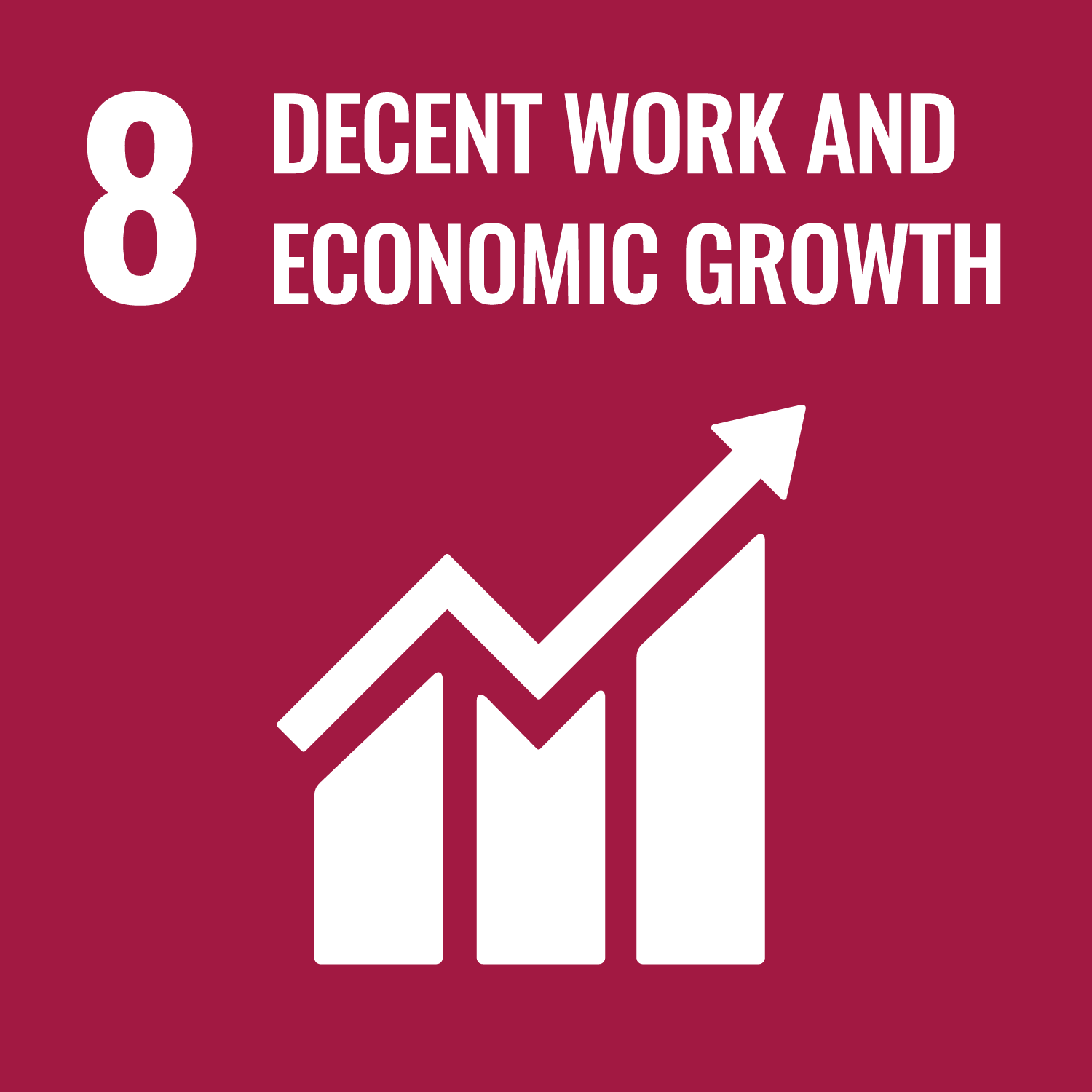
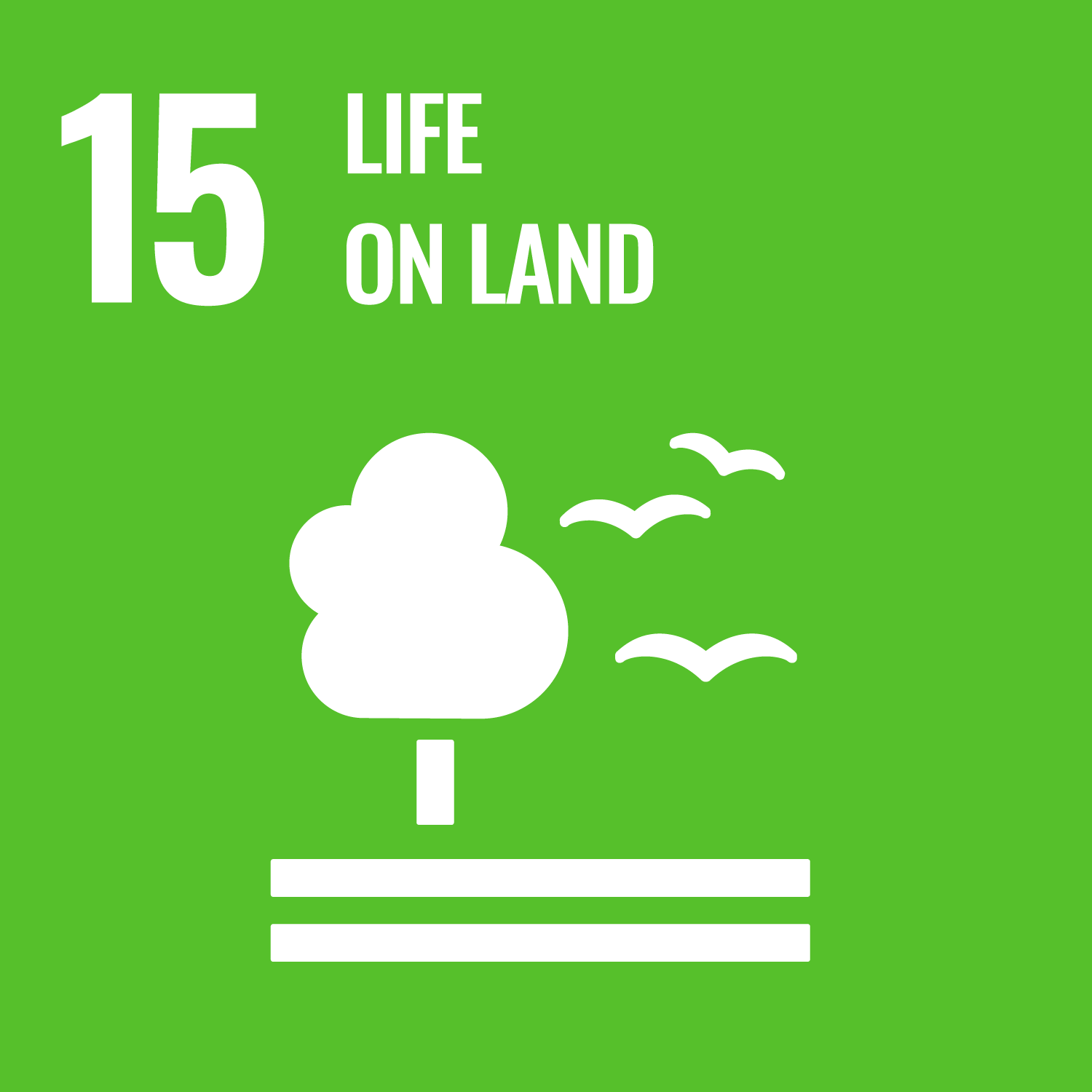
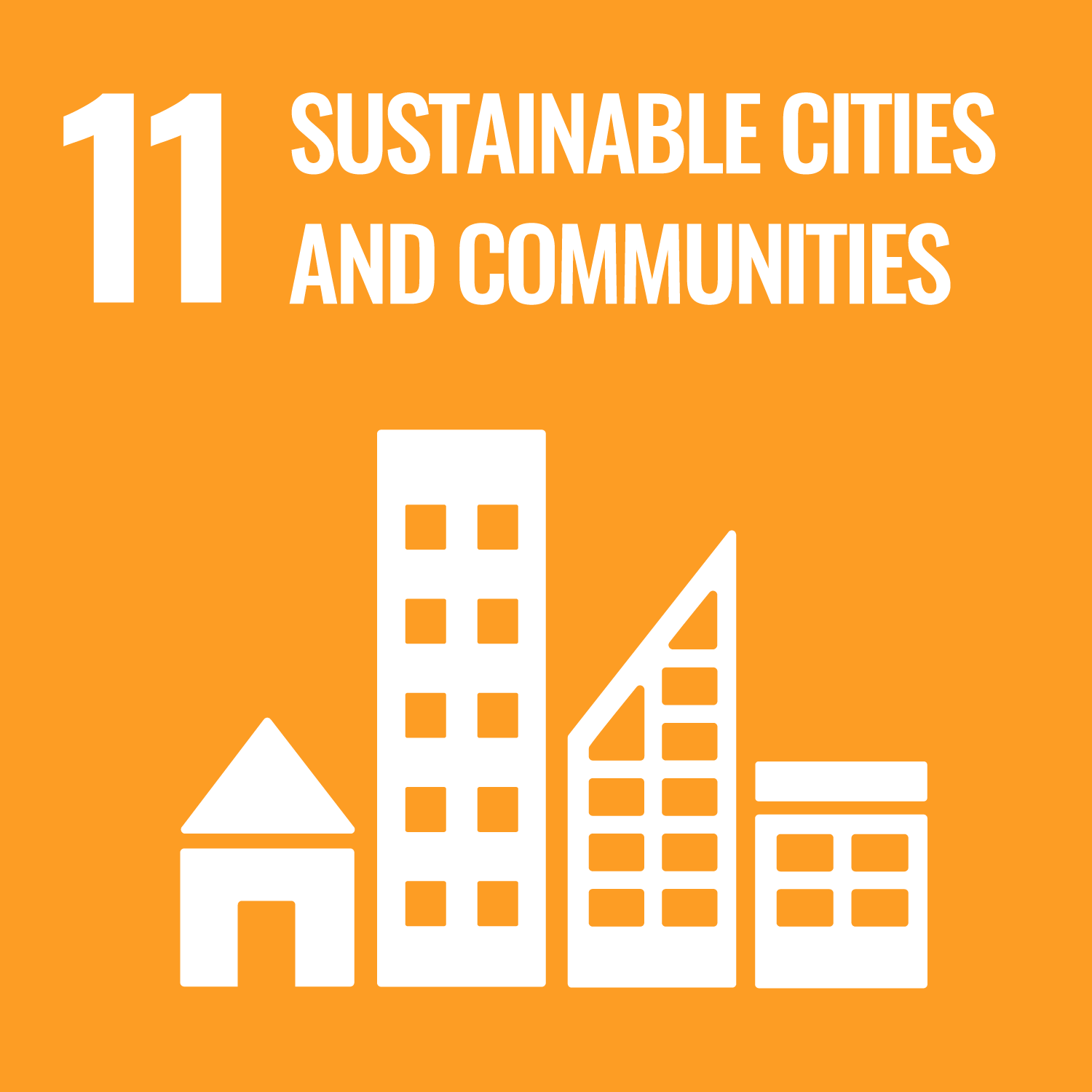
Investing with a clear direction of travel, to achieve the greatest impact
We want to help transform our communities to ensure everyone thrives. That means investing to address the long-standing social and economic challenges that lead to inequality and poorer life outcomes.
The scale of the challenge
Around 1.1 million people in Scotland – or 21% of the population – live in relative poverty, and this number is now increasing.
While employment can help alleviate poverty, we also know that six-in-10 people live in a household where at least one person is working.
Quality and fair employment, along with access to affordable housing and services are important to address in-work poverty.
Poverty is not equally spread across the country. Nor does it divide neatly along urban/rural lines. While urban areas see high concentrations of deprivation, those living in rural locations are more likely to be faced with higher costs for fuel, goods, and access to services.
Research suggests that these higher costs, combined with lack of employment opportunities and affordable housing, is contributing to economic and population decline in rural areas19. Yet affordable housing is not just an issue for rural areas.
Across Scotland, it has been estimated that 10,600 new affordable dwellings are needed each year between 2021-2026, to meet the level of need20. To deal with these issues, investment in the following key areas is critical:
- Affordable homes.
- Businesses and projects that can act as anchor employers and provide quality employment and training opportunities.
- The digital infrastructure required to ensure the sustainability of our rural communities.
Our portfolio shows that we are investing to meet these challenges. To achieve our goal of transforming communities, we invest in projects that promote equality, inclusion, and sustainability in our communities. In addition, we require that all investees adhere to Fair Work principles, and pay at least the real Living Wage.

By 2030, we will have committed £400 - £500 million to support our place mission. This will have positive impacts on the lives of as many as 430,000 people.
While housing will remain our priority, we will continue to seek investment opportunities that help reduce regional inequalities and improve social and financial inclusion in a way that works for each Scottish local authority and region.
Key to transforming communities, and helping people thrive, will be embedding ‘Place’ in every investment, through our focus on delivering Fair Work, improving equalities, diversity and inclusion practices, encouraging education and training opportunities, and using local supply chains.
Our new housing investment with DITT which has enabled the build of mid market rentals in Lerwick, Shetland.
Halkirk Village, once home to some of the slowest broadband speeds in the UK at an average of 2.8Mbps, now benefits from Highland Broadband’s ultra-fast full-fibre network.
Innovation
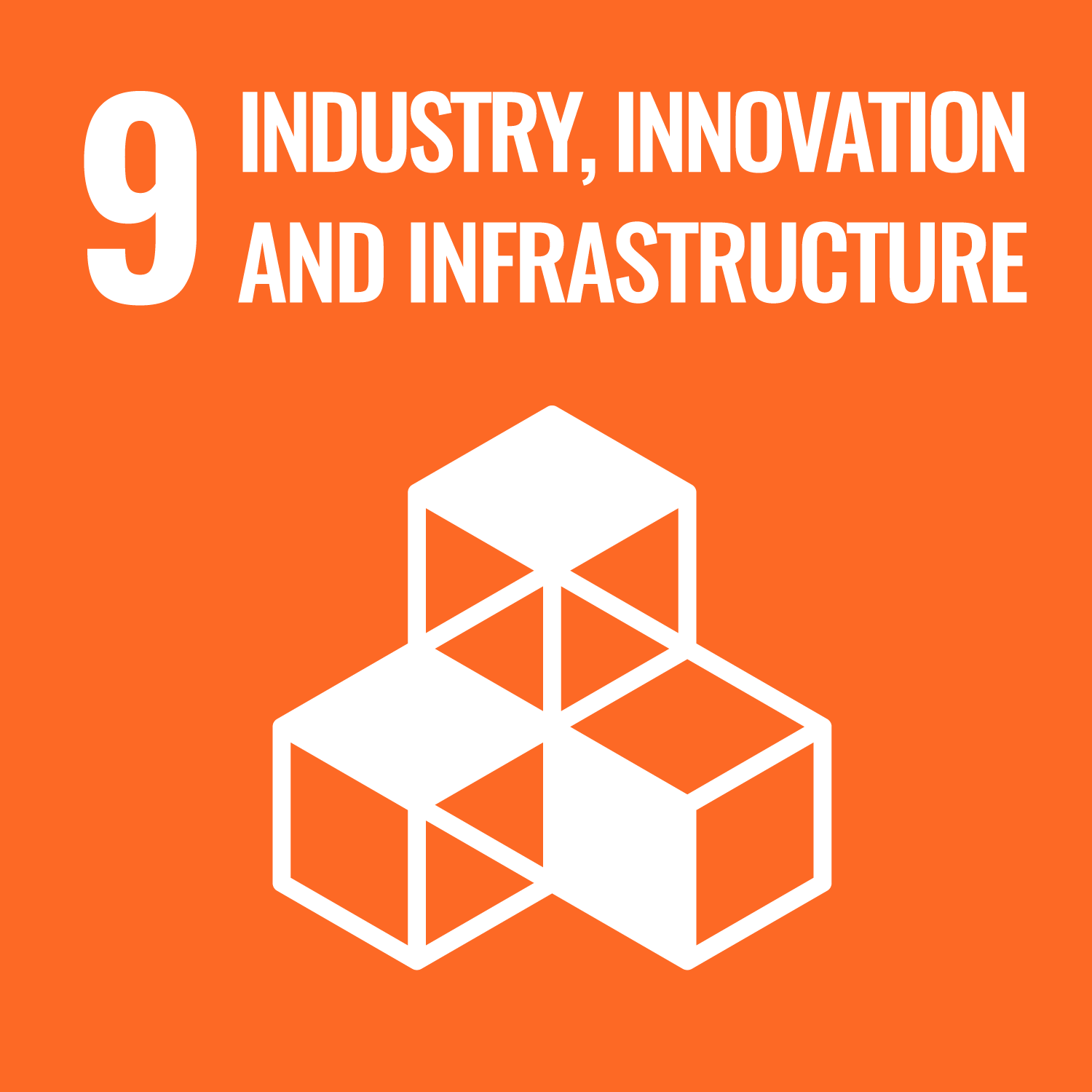
Harnessing the power of innovation to improve our economy, society and environment
Supporting innovation is key to improving Scotland’s productivity. It will also help ensure our economy and workforce are ready to meet and adapt to future challenges.
We can see the impact of innovation across all sectors. And while there’s a clear link to advances in technology, we can also feel its reach in the development of new products and processes that can benefit society as a whole, as well as our environment.
From novel treatments for shared health challenges, to smart uses of data to improve understanding of a particular topic, or enhancing efficiency. Innovation can help to address many of the challenges Scotland faces today, with an aging population, and low productivity - where our nation ranks 16th out of 38 countries24.
These domestic challenges sit alongside global issues – such as climate change – where new technologies are needed if we are to meet ambitious targets productivity. It will also help ensure our economy

By 2030, we will have committed £400 - £500 million to support our innovation mission, contributing towards the creation or safeguarding of as many as 7,700 jobs.
We acknowledging the role scale-ups can play in driving growth, and the existing funding gap in Scotland for companies seeking investment beyond early-stage. That’s why our focus over the next five years will remain on investing in scale-ups to unlock productivity and employment benefits.
While scale-ups can be found in every sector and region of Scotland, we will prioritise our investment activity. We’ll focus on those sectors and innovation clusters that we believe offer the best opportunity to deliver commercial returns, while also achieving our broader mission objectives.
Specifically, we will seek investment opportunities in data and digital technologies, advanced manufacturing, and businesses that are focused on solving health challenges.
How the Bank invests
If you want to explore the Bank's investment process, missions and success visit 'Make an investment enquiry' page to learn more.
Make an investment enquiry

